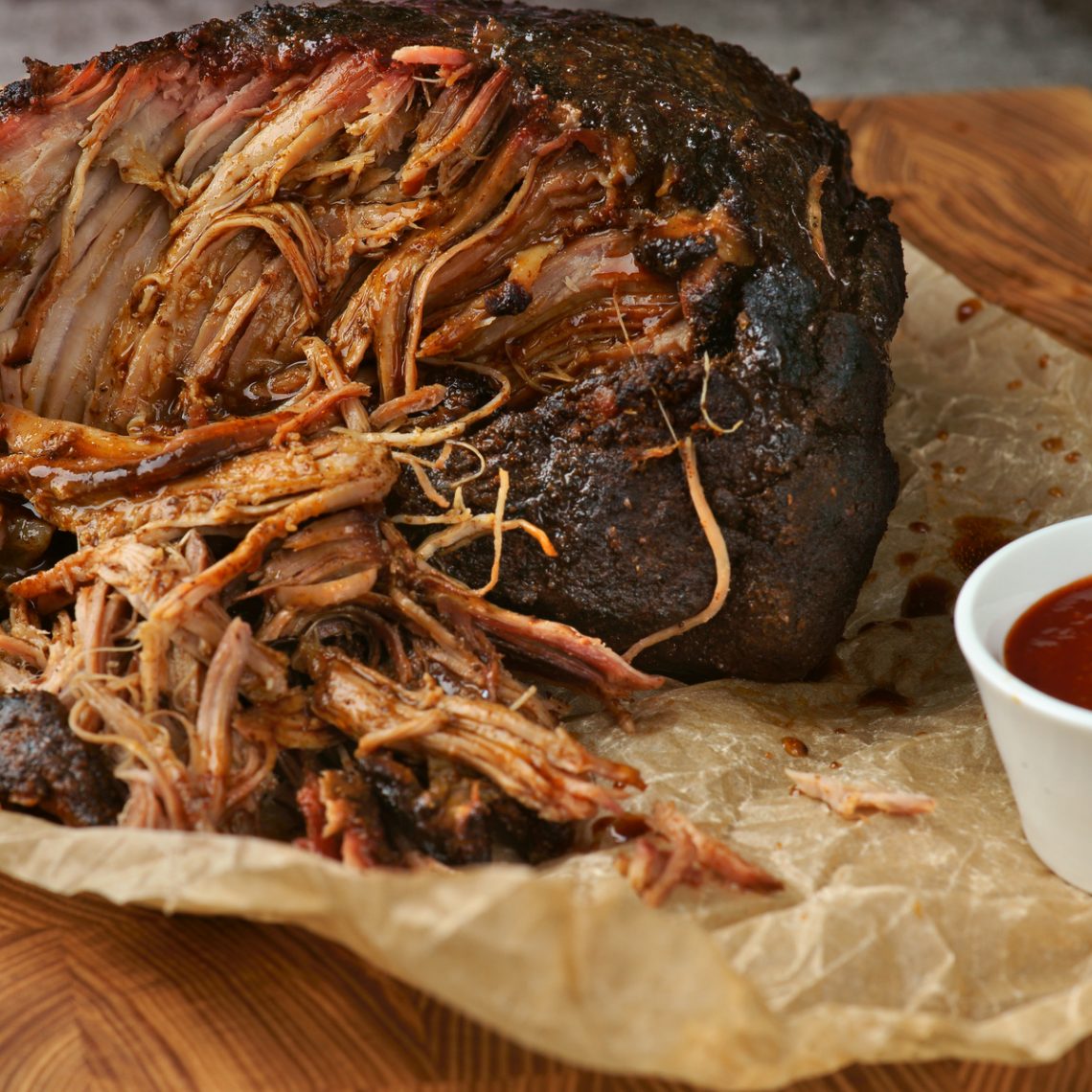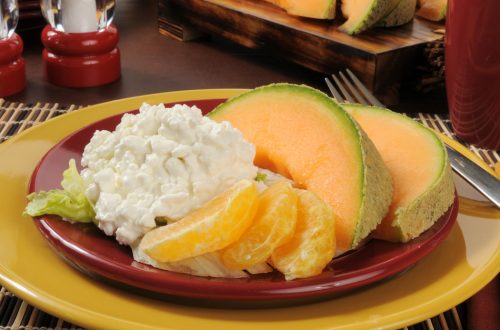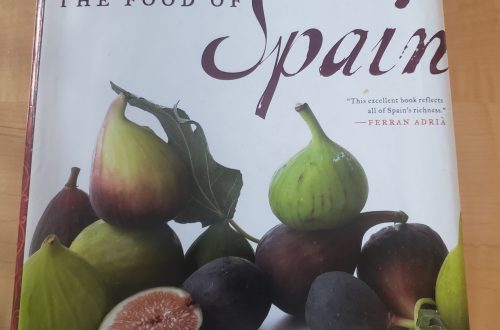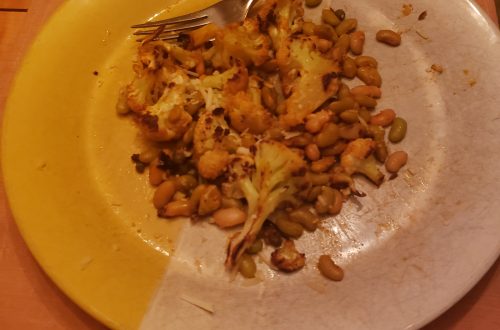
Cooking Meat: It Doesn’t Have To Be Tough
Comfort food season is upon us, now that autumn has arrived. When I was growing up, one of my favorite comfort meals was a braised chuck roast. Thanks to our farm that fattened 150 prime beef cattle, we had the choice of the best beef available. That meant our freezer was a source of great beef meals. While I occasionally enjoyed a tender cut such as a great T-bone or rib eye steak, today, I find more interest and utility in the tougher cuts of meat – chucks, briskets, rumps, ribs, and bottom rounds.
Same goes for pork roasts. A good, fat pork roast, seasoned with a flavorful spice rub and barbecued at low, slow heat in my smoker for six or seven hours, produces a wonderful meal of pulled pork such as the one in the photo above. For me, the good news is that enjoyment doesn’t stop there. I usually have sufficient leftovers for a couple more dinners such as pork tacos and hot pork sandwiches.
Less cost, more flavor
Comfort meat meals don’t have to include an entire roast. Consider steak tips, a loose, long-grain cut from the sirloin and round that’s great for braising into everything from stews to stir fry. In the poultry category, the same goes for chicken thighs. They contain some fat and might be a little tougher, but a good, short braise will bring forth a pull-apart meal in less than an hour.
An autumn kitchen is a time to consider those less-expensive cuts of meat to bring great flavor to the table and save yourself time with leftovers of a protein that’s already cooked. This is not eating high off the hog. That phrase describes the best cuts of meat that come from the top of the animal. Those closest to the sides of the backbone such as steaks are actually the muscles that don’t work particularly hard.
Give me the hardworking muscles further down the animal that do the hard work and also produce the more interesting flavor. Those cuts may be tougher, but they also tend to contain more fat and connective tissue that contribute to a more interesting meal. Bringing out the flavor involves low, slow cooking with sufficient moisture. Maintaining the meat’s temperature around the boiling point allows the connective tissue to break down into a silky gelatin that adds to mouth feel. The goal is a falling-apart texture that’s both chewy and juicy. That’s what I loved about my mother’s chuck roasts.
Taking advantage of a large roast initially requires some additional time and planning, but the rewards are there. Once you’ve consumed a meal of roast meat, you can cut it or shred it for tacos, chili, a casserole, over rice, or just a good sandwich. The key is cooking that big roast low and slow. To save time, I take advantage of my Instant Pot. That pressurized steam inside speeds the complex cooking process, resulting in a faster, but still tasty outcome such as this beef and barley soup with short ribs . Because the pot is sealed, you need less liquid than in an oven or stovetop braise.
A cut below
When thinking about potential less-expensive cuts, think about the parts of the animal that provide the larger muscle fibers, fat, and connective tissue. Ben Mims, food columnist for the Los Angeles Times, suggests that your list could even include pig’s feet and lamb shanks. The pig’s feet, he says, transform into sticky, supple pieces of peat that are ideal for serving over rice or on crusty bread with cabbage slaw. The lamb shanks, he says, are great over roast potatoes. And don’t forget short ribs, spareribs, and oxtails.
In the end, it doesn’t have to be tough, and it can also be more tasty and economical. With some low and slow cooking, you can treat yourself to some great meals over this chilly season.




